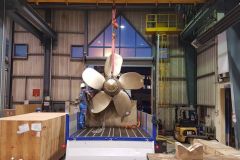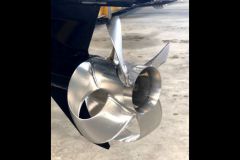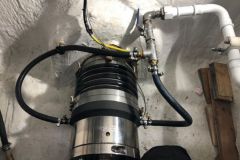Meeting is scheduled at high tide on the Arcachon Basin, in Taussat to be precise. Arnaud Curutchet, President and Partner of his start-up ADV Tech opens the trunk of his station wagon to take out an orange model. Until then, a simple model of a motor boat. The bare shell weighs 20 kg. The cradle is placed on the sand to connect the batteries - more precisely a pack of 4 LiPo batteries of 16A/h, or 5.2 kg, which can be doubled. At the rear, the two famous biomimetic rotors of 2 kW each. No traditional propeller(s) but small vertical blades.
Peaks at 20 knots!
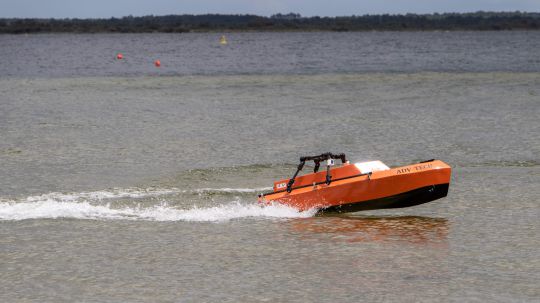
The orange hull is launched and controlled with a simple remote control with two functions: speed and direction. The first surprise? No rudder or directional base is required to steer the boat. The movement of the blades not only ensures propulsion but also heading. It should be noted that the use of two rotors makes it possible to eliminate any torque effect. The second surprise is the speed of this floating drone. Almost 20 knots anyway! No wonder these small engines are also capable of propelling a dinghy with a man on board..
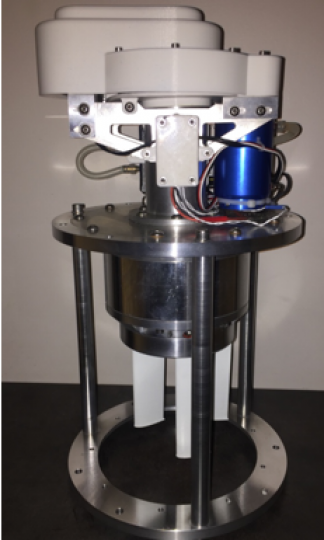
Marketing after the proto
ADV Tech is now marketing floating drones equipped with two 2kW thrusters. The autonomy is 24 hours at 2 knots or 2 hours at 10 knots. The top speed is therefore 20 knots. The general characteristics remain close to our prototype with a payload of 30 kg. The standard control range is 2,000 m; it can be much larger. Note: a new design of the hull, for even greater stability and optimization of the wet surface.
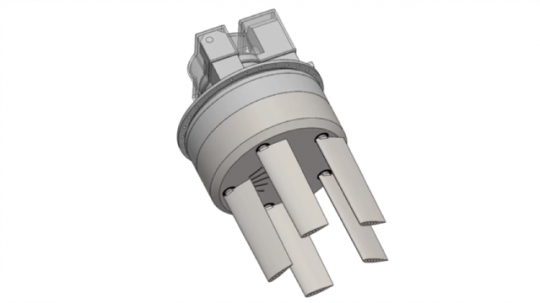
How does it work?
ADV Tech has adapted its biomimetic rotor to naval propulsion. It consists of several vertical axis blades with adjustable orientation. When rotating the assembly, the blades make a sculling or fishtail movement.
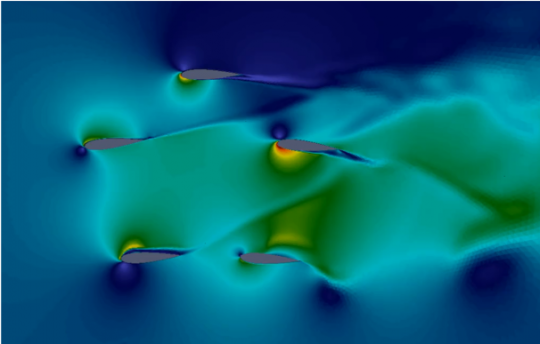
The advantages of this rotor are many:
- Its efficiency is extremely high: energy consumption and CO2 emissions reduced by up to 30%.
- Its low rotational speed considerably limits environmental impacts (noise, bottom disturbance) and improves operating comfort (very low vibration, no cavitation)
- Its high manoeuvrability
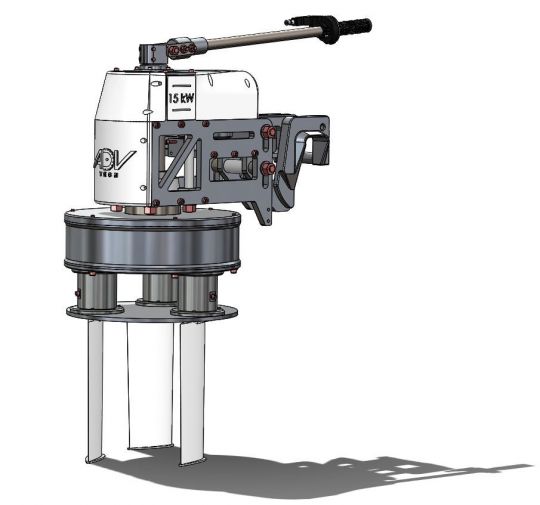
See you at the Nautic 2020
A 15kW prototype is being assembled for presentation at the Nautic in Paris in December 2019. The marketing of 10-50 kW thrusters is planned for the second half of 2020. A 150 kW thruster will also be developed next year before a 1.5 MW in 2021 - with the support of the Naval Group. ADV Tech is also working on a reversible thruster. Adapted on a sailboat, the propeller will act as an electrical generator during the sailing phases.











